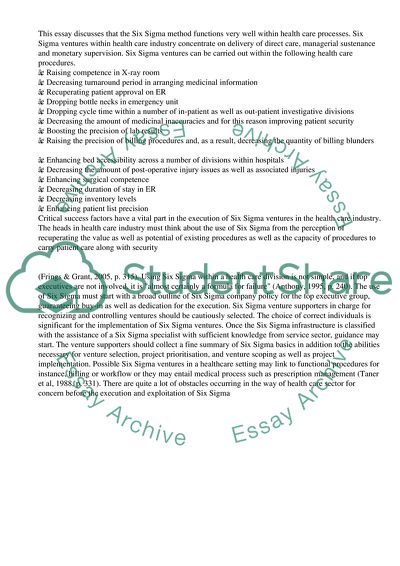Cite this document
(“Quality and Reliability Management Assignment Example | Topics and Well Written Essays - 4750 words”, n.d.)
Retrieved from https://studentshare.org/management/1396340-quality-and-reliability-management
Retrieved from https://studentshare.org/management/1396340-quality-and-reliability-management
(Quality and Reliability Management Assignment Example | Topics and Well Written Essays - 4750 Words)
https://studentshare.org/management/1396340-quality-and-reliability-management.
https://studentshare.org/management/1396340-quality-and-reliability-management.
“Quality and Reliability Management Assignment Example | Topics and Well Written Essays - 4750 Words”, n.d. https://studentshare.org/management/1396340-quality-and-reliability-management.


